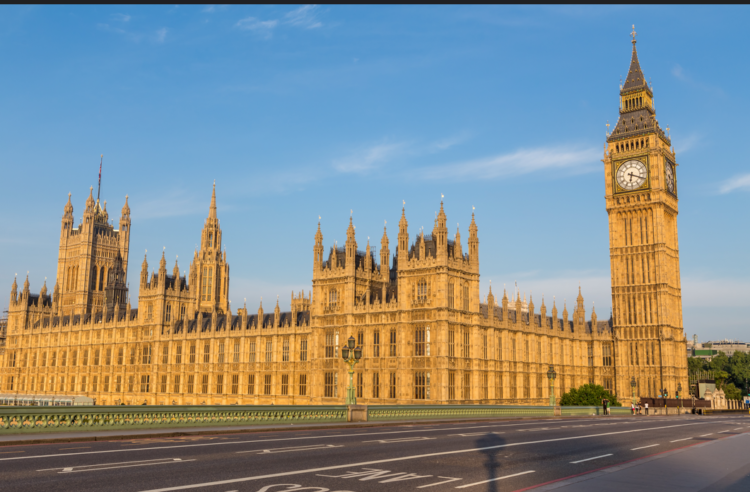The House of Commons and the Parliamentary Digital Service (PDS) have reported their gender and ethnicity pay and bonus data for 2022, with the House of Commons figures showing a 1.7% mean gender pay gap.
In comparison to the previous report submitted for 2021, the median gender pay gap at the House of Commons is the same at 0.9%, while the mean gap has risen by 0.8%.
At PDS, the mean gender pay gap is 5.3%, 4.2 percentage points above those reported last year. The median gap has risen by 4.7 percentage points to 3.8%, which it attributes to fewer women in senior PDS positions.
When looking at the different in average hourly pay between Black, Asian and minority ethnic workers and white employees, the mean ethnic pay gap at the House of Commons was reported to have decreased since the 2021 figures, from 19.2% to 16.9%, while the median gap dropped from 13.2% to 12.6%. This highlights a reduction in the mean and median gaps of 2.6 and 0.6 percentage points respectively.
The mean ethnic pay gap at PDS increased by 1.4 percentage points to 19.1%, while the median gap was 1 percentage point less at 15.8%.
John Benger, clerk of the House of Commons, said: “Building an inclusive environment where everyone can thrive remains our long-term goal. We are committed to continuous improvement and while I am proud of our progress so far, I am aware we need to keep taking meaningful actions.”
He explained that a new House Service Strategy launching in April and a new Inclusion and Diversity Strategy lay out what needs to be done, as well as how it will be achieved.
Benger added: “This is the fourth consecutive year we voluntarily publish our ethnicity pay gap figures alongside our statutorily required gender pay gap data. Transparency drives accountability and this information provides both a benchmark for success and importantly shows us where we need to improve.”
Marianne Cwynarski, director general (operations) of the House of Commons commented: “I’m pleased to see that our ethnicity pay gap has improved this year and although incremental, it is an indication that our policies and processes are starting to have an impact. Reducing it further remains a key priority for us, and the new Inclusion and Diversity Strategy sets out in detail how we’re going to do this.
“Our diversity data informs our strategy. It is vital for providing us with a picture of our workforce and enabling us to continue to make informed decisions to create an inclusive and diverse culture for everyone.”
Chief information officer and managing director of the PDS David Smith said: “We are committed to building a team at PDS that is inclusive, diverse and welcoming. We are part of Parliament, and our aim is to be representative of the society that we serve. Transparency and a commitment to publishing our gender and ethnicity pay gap data is key to understanding and tackling inequality. Our pay gap data this year show that, although we have made progress in some areas, there is much more work to do.”
Explaining that the PDS had a renewed focus on the range of actions set out in the report that aim to create a diverse inclusive and fair workplace, he outlined key areas of focus, including recruitment, pay and reward, learning and development, and our organisational culture.
Smith concluded: “My ambition continues to be that PDS is a place where colleagues are valued equally for what they bring to our organisation. This report sets out the action we have taken to address inequalities and what we will do to strengthen and continue this work in the year ahead.”













